11 Essential Restoration Tips Every Classic Car Enthusiast Should Know
Restoring a classic car can be a rewarding journey for any enthusiast, but it requires careful planning, patience, and attention to detail. Whether you’re working on a vintage model or a rare find, following the right steps will help ensure a successful restoration. From assessing the condition of the car to sourcing the best parts, every stage of the process plays a vital role in achieving the perfect finish. With the right approach, your restoration project can bring a piece of automotive history back to life.
This post may contain affiliate links, which helps keep this content free. Please read our disclosure for more info.
Start with a Solid Base Car
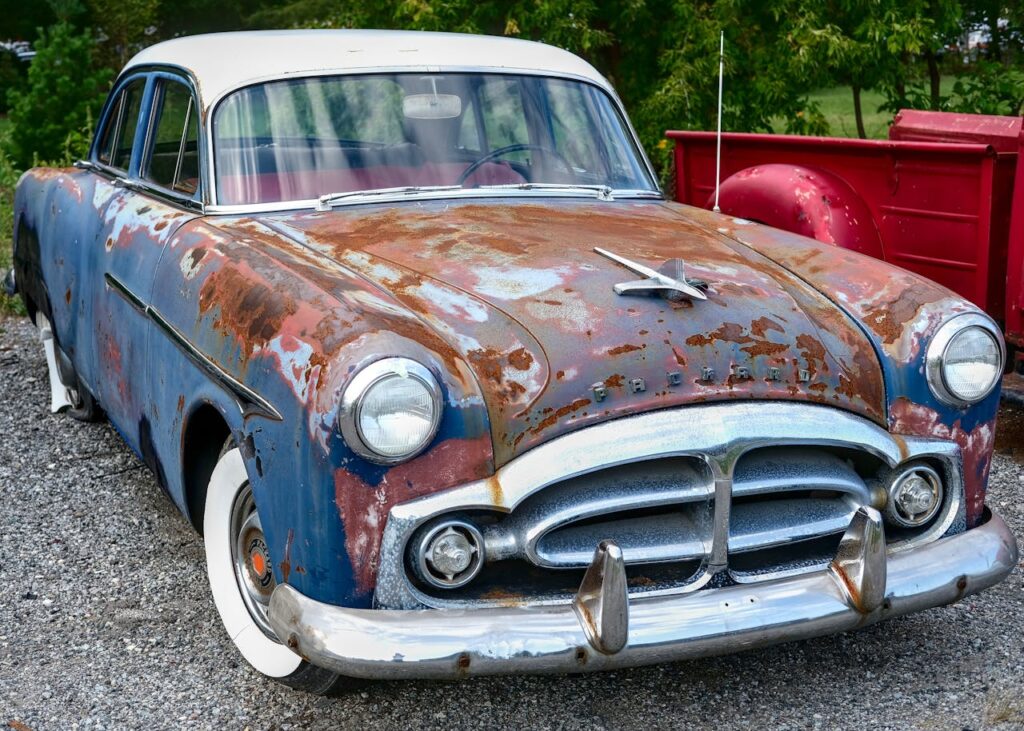
The foundation of any successful restoration begins with a solid base car. If the car has extensive rust, structural damage, or poor-quality repairs, it can lead to more work and higher costs. It is important to assess the condition of the body and frame before starting any restoration. Even if you find a project car that seems cheap, it may require much more work than initially expected. By starting with a sound base, you ensure that your restoration project remains manageable and rewarding. Focus on finding a car with minimal bodywork issues and a strong engine.
A strong base car will make the restoration process smoother, as much of the focus will shift to refurbishing parts rather than repairing major structural problems. When you choose a vehicle with minimal issues, you can better allocate time and resources to revamping the car’s aesthetics, mechanical components, and performance.
Make a Detailed Plan
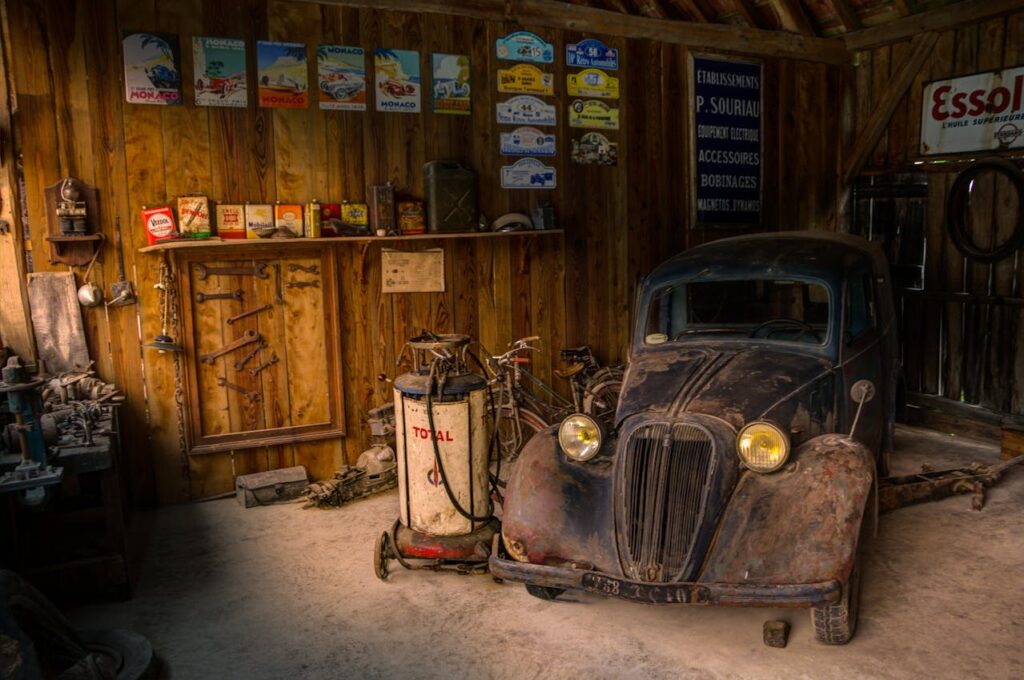
Restoring a classic car is a big project, so having a detailed plan is essential. Start by determining which parts of the car need attention and how much work you are prepared to do. It is wise to break the project into smaller, manageable stages, such as bodywork, engine restoration, and interior refurbishment. Creating a timeline and budget for each stage will help you stay organized and avoid getting overwhelmed.
Without a clear plan, it is easy to get sidetracked by unforeseen challenges. A structured approach can help you measure your progress and adjust the plan as needed. Additionally, knowing the tools, materials, and expertise you will need for each step will prevent unnecessary delays.
Do Thorough Research
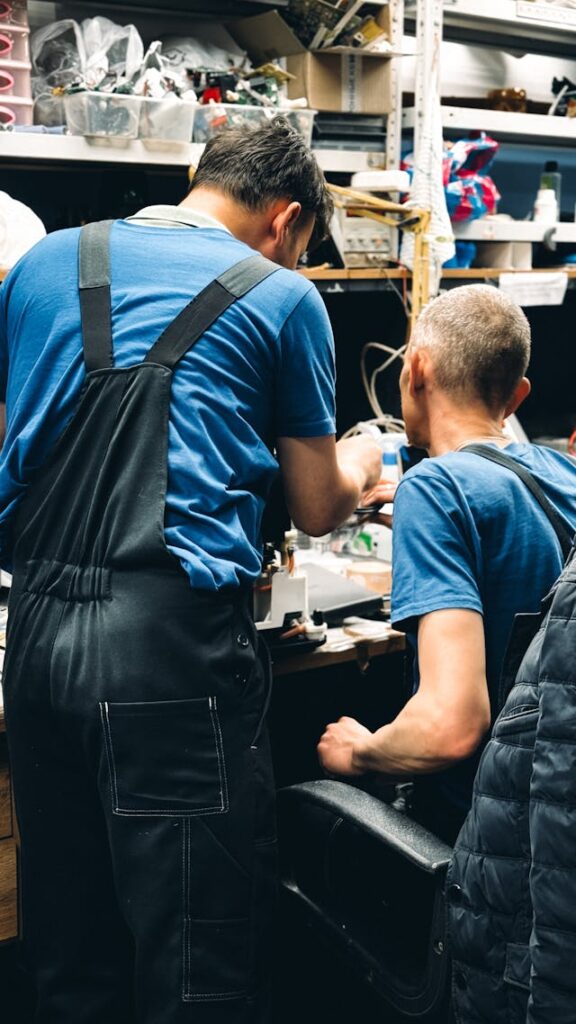
One of the most important steps in classic car restoration is doing thorough research. You need to understand your car’s history, specifications, and original components. This knowledge will help you make informed decisions on parts replacement, restoration techniques, and even the vehicle’s value. Consult repair manuals, restoration guides, and online forums to connect with other enthusiasts.
Research is essential for understanding which original parts are important for authenticity and which modern upgrades are acceptable. Keeping the car as close to its original form can significantly increase its value and appeal to other classic car enthusiasts, ensuring your investment is worthwhile.
Set a Realistic Budget
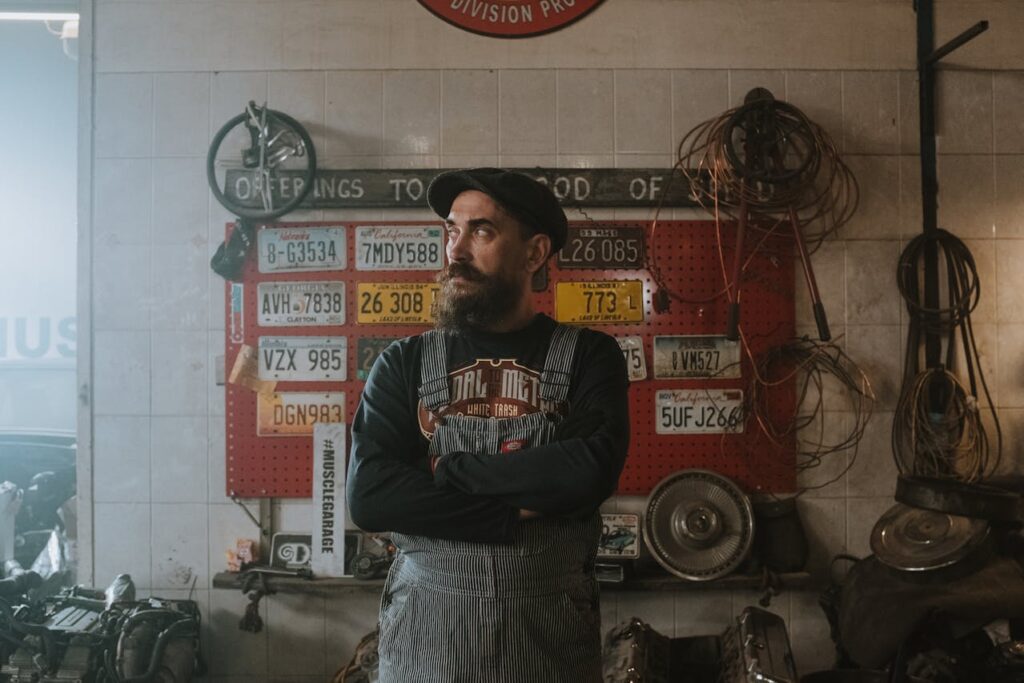
Restoring a classic car can be expensive, so setting a realistic budget is crucial. Factor in the costs of parts, tools, labor, and unforeseen expenses. You should also set aside extra funds for repairs or replacements that might arise as the project progresses. It is important to avoid underestimating costs to ensure that you are not surprised later.
Be aware that some restoration tasks might cost more than you initially anticipated. A well-prepared budget will give you flexibility and prevent you from cutting corners when it comes to essential components. Make sure to keep track of every expense and adjust your budget as necessary to stay on track.
Be Patient and Persistent
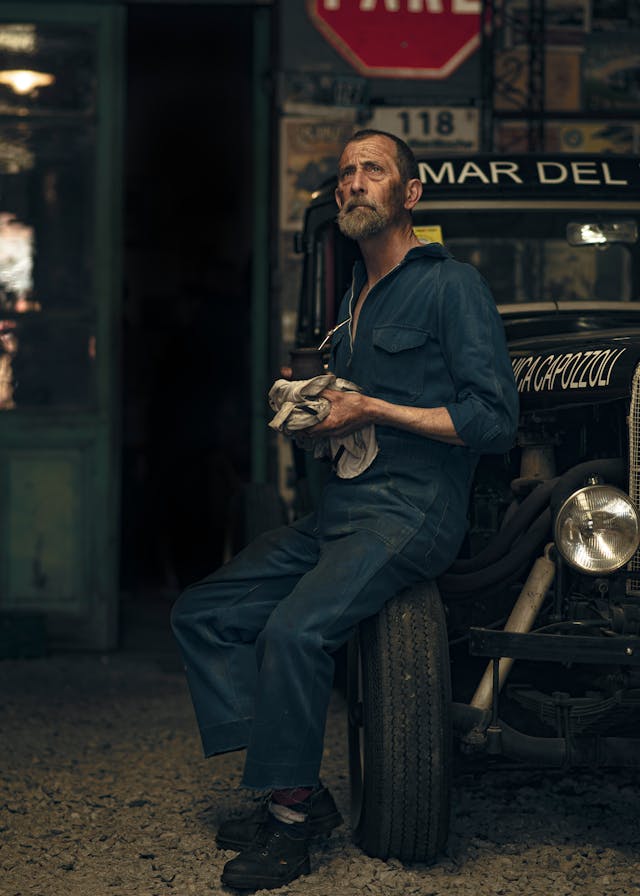
Restoring a classic car is often a long and time-consuming project, so patience is essential. Some stages of the restoration process may take longer than expected due to unforeseen complications or sourcing specific parts. It is important to maintain a positive attitude and stay committed to completing the project, even when progress seems slow.
There will be moments when things do not go as planned, but persistence will get you through. Keep in mind that every step forward, no matter how small, brings you closer to your goal. Staying patient will help you achieve a high-quality restoration, rather than rushing the process and compromising the results.
Invest in Quality Tools
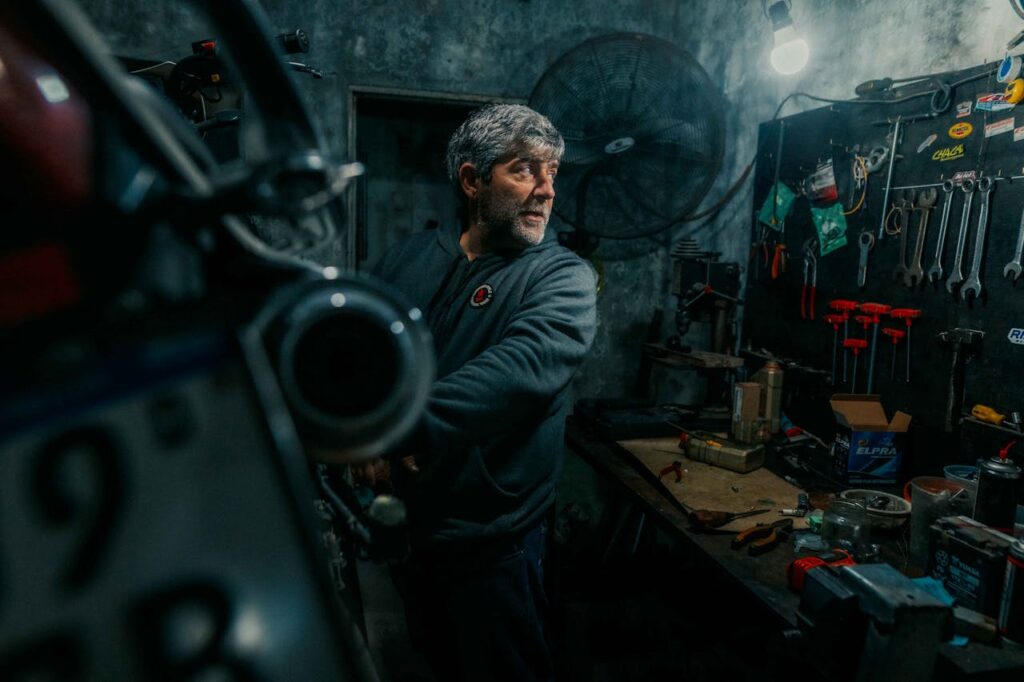
Quality tools are essential for a successful restoration project. While it may be tempting to cut costs by using cheaper tools, investing in high-quality, reliable tools will make your work easier and more accurate. A well-equipped workshop is crucial for tasks such as welding, painting, and engine work. Tools like a hydraulic jack, an impact wrench, and a torque wrench are necessary for making precise adjustments.
With the right tools, you will be able to handle the various tasks that come with restoration. A good set of tools not only increases the quality of your work but also enhances your safety during the restoration process. Avoid using makeshift tools, as they can lead to costly mistakes.
Focus on Engine Restoration
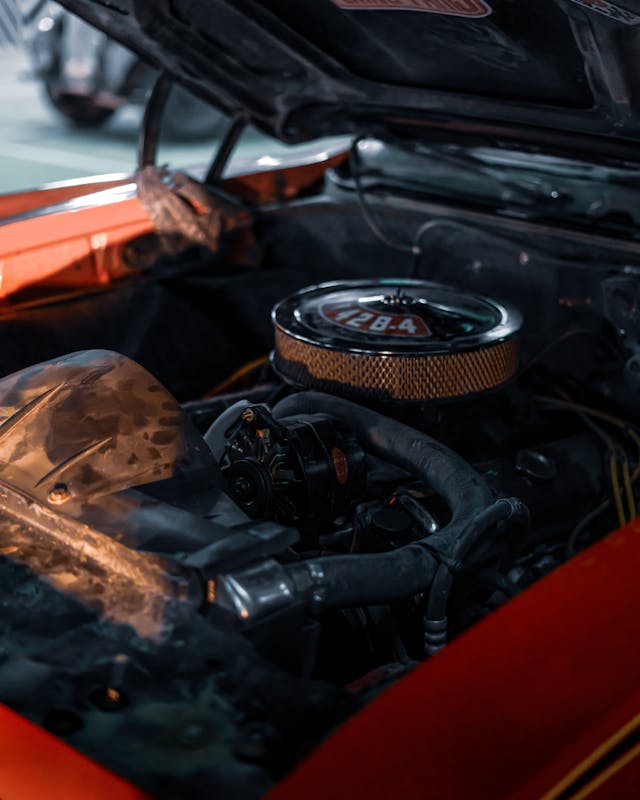
The engine is the heart of any classic car, and restoring it can significantly improve the vehicle’s performance and value. Before starting the restoration, inspect the engine thoroughly to assess its condition. Clean and rebuild components like the carburetor, fuel injectors, and exhaust system. Replacing worn-out parts with high-quality replacements will help restore the engine to its original performance level.
While engine restoration can be time-consuming, it is one of the most rewarding aspects of the project. A properly restored engine will increase the car’s drivability and can add considerable value to the vehicle, making it an essential part of any restoration.
Restore the Body and Paint
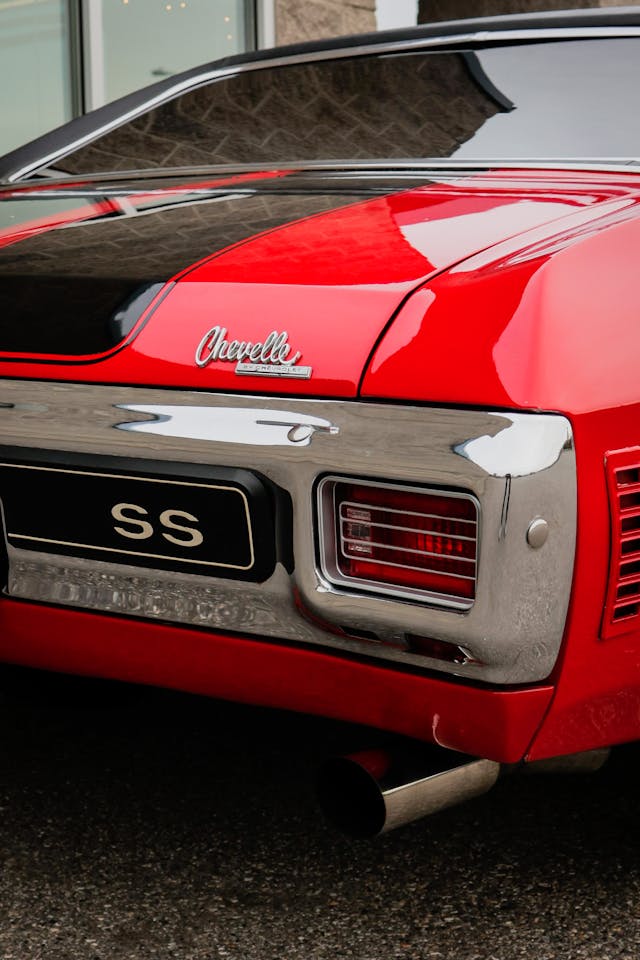
The body and paint are some of the most visible aspects of a classic car. Restoring the body requires attention to detail and can involve repairing dents, replacing rusted panels, and restoring trim pieces. A high-quality paint job will make the car look like new, but it is important to choose the right paint and finish that complements the car’s original design.
Painting a car requires patience and skill. Start by preparing the surface carefully, applying a primer, and then finishing with the desired color and clear coat. The result will be a classic car that looks stunning and is ready to shine.
Pay Attention to the Interior
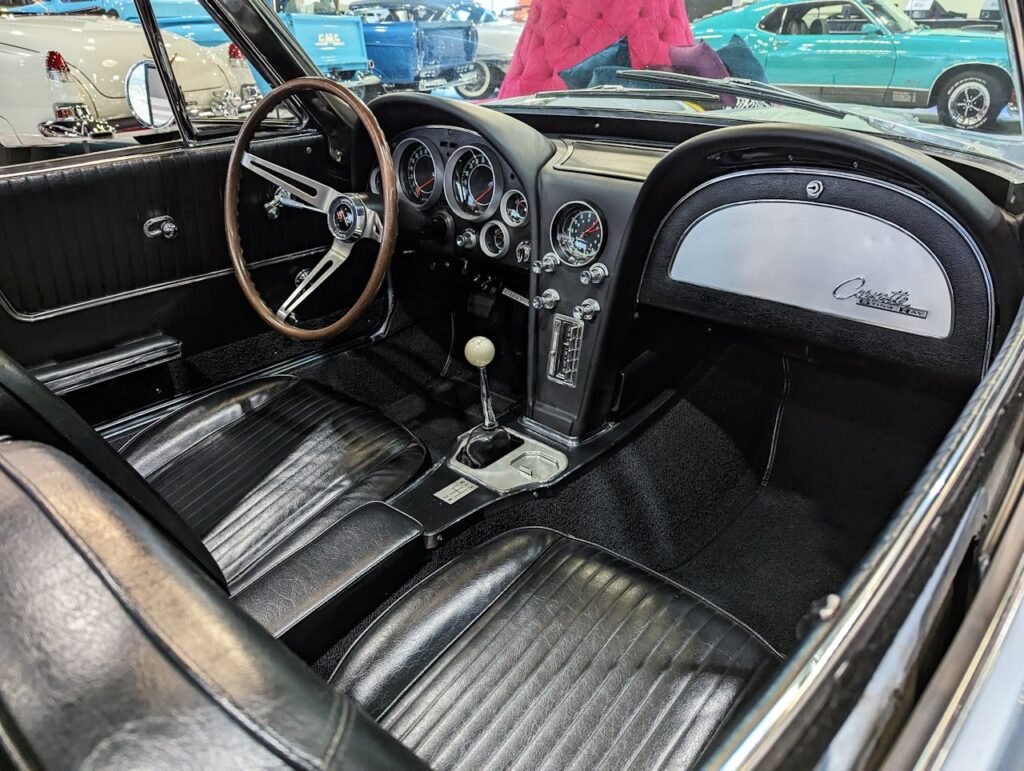
The interior of a classic car is just as important as the exterior. Over time, seats, dashboards, and trim pieces can deteriorate, making the car feel less authentic. Reupholstering the seats, restoring the dashboard, and replacing the carpet can give the car a fresh, new look without losing its classic appeal.
Choosing the right materials for the interior is essential to maintaining authenticity. Pay attention to details like stitching, materials, and finishes that match the original design. A well-restored interior will not only make the car look great but also improve comfort and the driving experience.
Source Original or Reproduction Parts
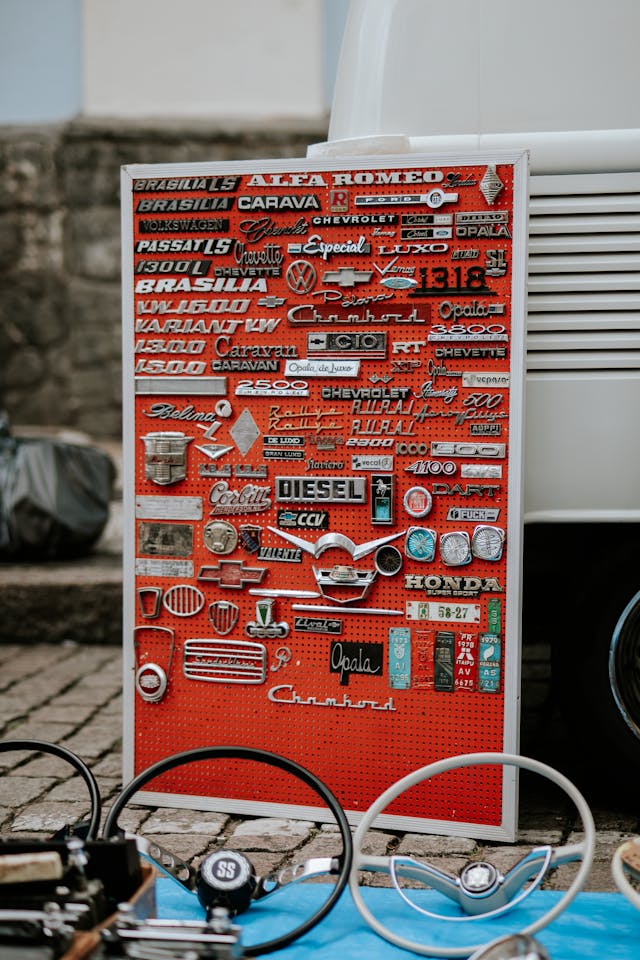
Finding the right parts is one of the most challenging aspects of restoring a classic car. Original parts can be expensive and sometimes hard to find, but they are key to maintaining authenticity. When original parts are not available, high-quality reproduction parts can be an excellent alternative. Many companies specialize in producing reproduction parts for classic cars, ensuring that you can restore your vehicle as closely to the original as possible.
Take time to research the most reliable suppliers for parts, and avoid cheap or poor-quality replacements. High-quality parts ensure the long-term durability and reliability of your vehicle.
Do the Work Yourself When Possible
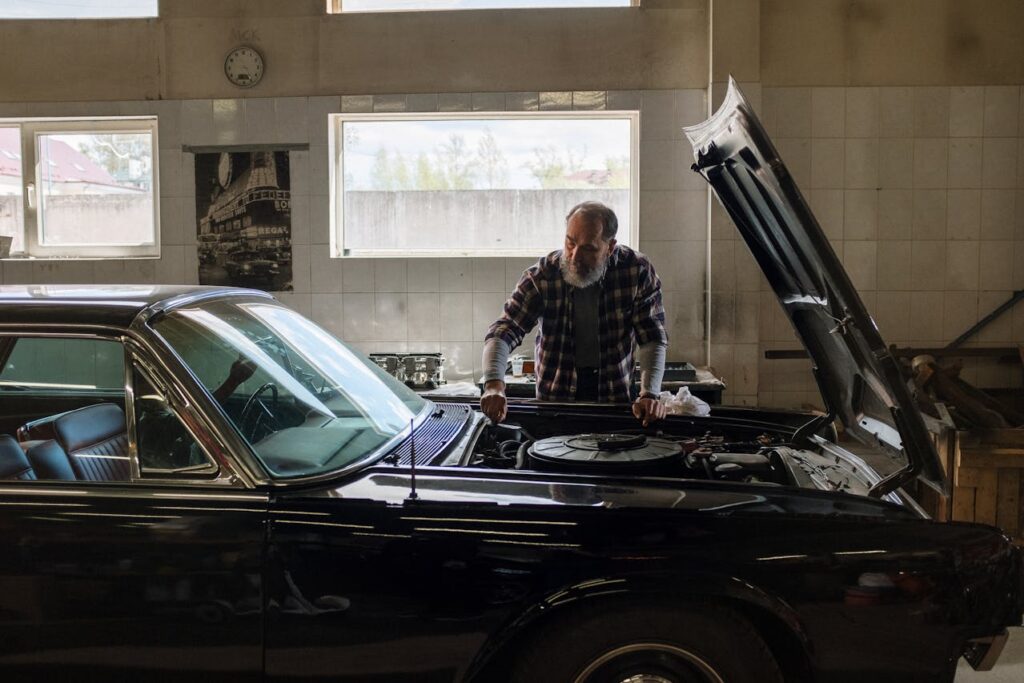
Restoration work can be expensive if you rely on professionals for every task. By learning and doing some of the work yourself, you can save money and gain satisfaction from the hands-on experience. Many tasks, such as cleaning parts, removing rust, and replacing small components, can be done without professional help. However, be realistic about your skill level and hire experts for more complex jobs like welding or engine rebuilding.
Taking on smaller tasks not only saves money but also allows you to have a deeper connection to your car. It is important to balance your abilities with the complexity of the task to ensure quality results.
This article originally appeared on Avocadu.
